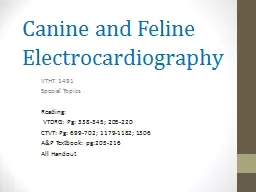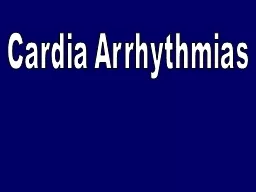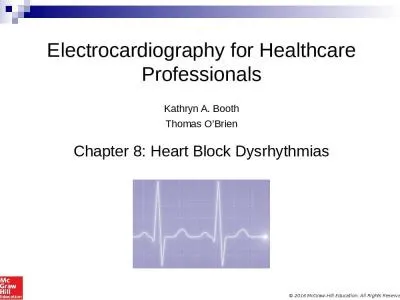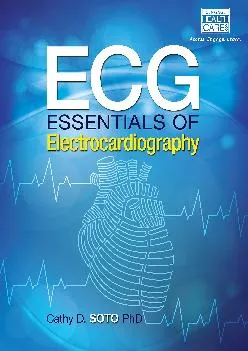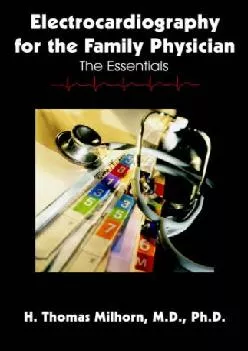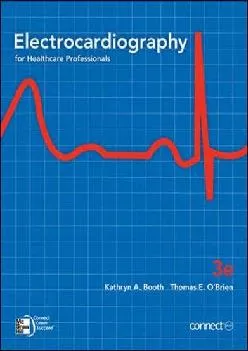PPT-Electrocardiography Arrhythmias Review
Author : elizabeth | Published Date : 2022-02-15
RR Interval to Measure HR If youre using 25 mmsec Classification of Arrhythmias Normal sinus impulse formation Normal sinus rhythm Sinus arrhythmia Disturbances
Presentation Embed Code
Download Presentation
Download Presentation The PPT/PDF document "Electrocardiography Arrhythmias Review" is the property of its rightful owner. Permission is granted to download and print the materials on this website for personal, non-commercial use only, and to display it on your personal computer provided you do not modify the materials and that you retain all copyright notices contained in the materials. By downloading content from our website, you accept the terms of this agreement.
Electrocardiography Arrhythmias Review: Transcript
Download Rules Of Document
"Electrocardiography Arrhythmias Review"The content belongs to its owner. You may download and print it for personal use, without modification, and keep all copyright notices. By downloading, you agree to these terms.
Related Documents

